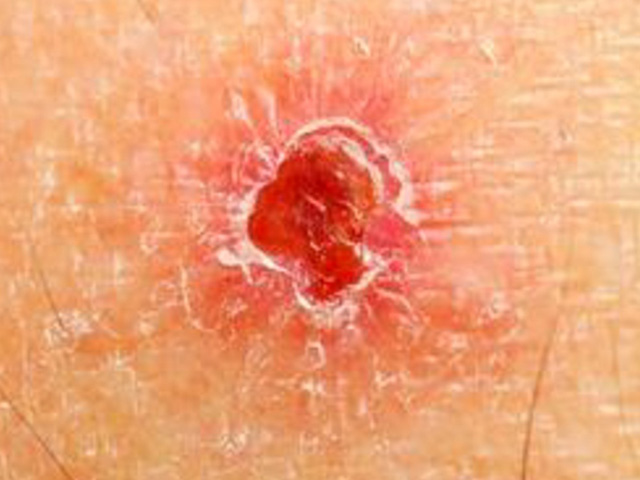
Lyme Disease
John Hopkins Bloomberg Shool of Public Health and colleagues show Artemisia annua had strong antibacterial activity against Borrelia burgdorferi. As well as inhibitory activity against Babesia duncani.
Lyme disease, also called borreliosis, is the most common vector-borne disease in the Northern hemisphere. It is caused by the spirochete (corkscrew-shaped) bacterium Borrelia burgdorferi and close relatives and mainly spread through the bite of infected ticks.
Currently, more than 300,000 new cases are reported in the USA each year, compared to 65,000 in Europe, and these numbers are rising due to climate change and urban sprawl. The standard of care for Lyme disease, a course of antibiotics over 2-4 weeks, is not always effective: at least 10-20% of treated patients continue to experience symptoms after treatment. Late-stage Lyme patients may experience many different symptoms, including fatigue, joint pains, memory problems, facial paralysis, aches, stiffness in the neck, heart palpitations, and severe headaches. The discovery of novel treatments against Lyme disease is therefore of great interest.
Researchers from John Hopkins School of Public Health and colleagues at the California Center for Functional Medicine, surveyed a series of ethnobotanicals, inclusive of Artemisia annua L, in a comparison trial with currently used Lyme antibiotics doxycycline and cefuroxime.
Their research showed these herbal extracts’ effectiveness in vitro (outside of a living organism) against the free-swimming “planktonic” form of the bacterium as well as against microcolonies. The results showed strong activity against B. burgdorferi, outperforming both antibiotics.
“ These findings are exciting as they offer opportunities for improved treatment of persistent Lyme disease, which is not helped by the current standard treatment. We are interested in further evaluating these potent herbal medicines through animal studies as well as clinical trials.” Dr. Ying Zhang.
Babesiosis / Human babesiosis is a CDC reportable disease in the United States and is recognized as an emerging health risk in multiple parts of the world. The current treatment for human babesiosis is suboptimal due to treatment failures and unwanted side effects. Although Babesia duncani was first described almost 30 years ago, further research is needed to elucidate its pathogenesis and clarify optimal treatment regimens.
A 2021 trial, screened a panel of herbal medicines and identified Cryptolepis sanguinolenta, Artemisia annua, Scutellaria baicalensis, Alchornea cordifolia, and Polygonum cuspidatum to have good in vitro inhibitory activity against B. duncani in the hamster erythrocyte model. Furthermore, evidence found their potential bioactive compounds, cryptolepine, artemisinin, artesunate, artemether, and baicalein, to have good activity against B. duncani.
Published Study Summaries
Ethnobotanical medicine is effective against the bacterium causing Lyme disease
blog.frontiersin.org › 2020/02/21 › ethnobotanicalEthnobotanical medicine is effective against the bacterium …
Lyme Disease and natural herbal medicine – Artemisia Tea
https://artemisiaannuatea.com/2020/04/20/lyme-disease-and-natural-herbal-medicine/
Atelier Temenos is not the author of this material. It is an independent source. Please read and use the information as needed.

